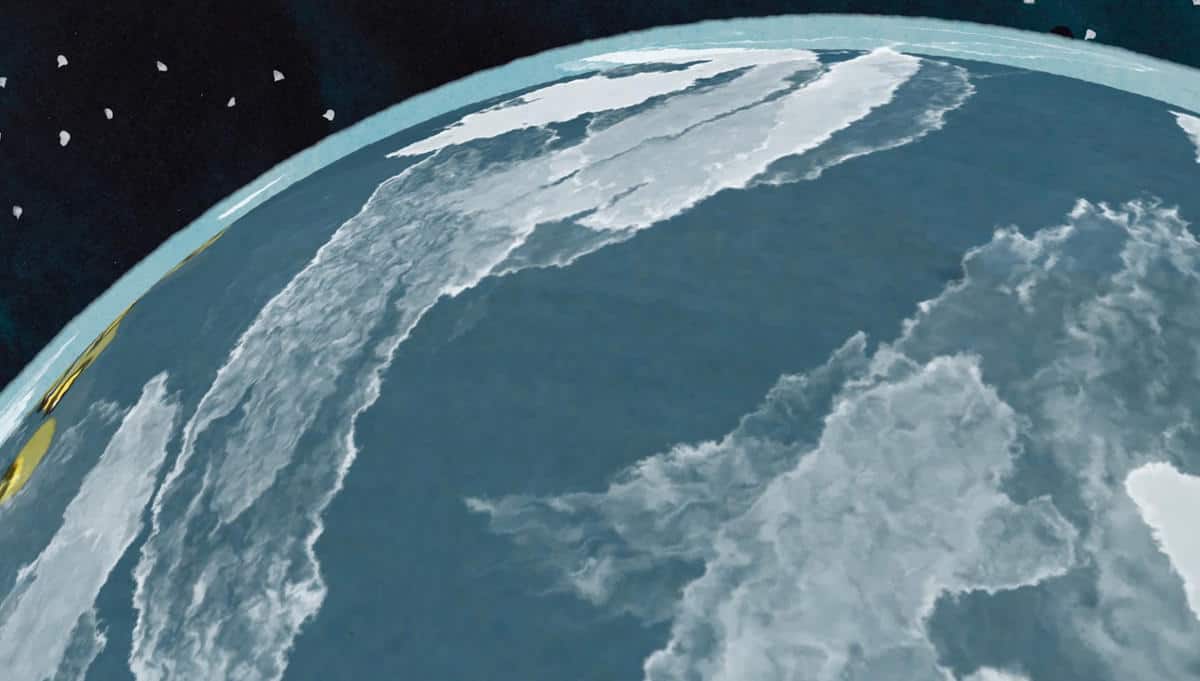There is a lot of information about the planet that we take for granted. Land has always been a feature of the earth. Every ocean has unique features that distinguish it from other planets. The consensus among scientists is that life began in the oceans and evolved in such a way that it was able to later emerge onto land.
But what if all of those assumptions are wrong? A new study that began in Australia in 2018 casts doubt on a lot of what we think we know about the early earth, as well as the development of life. The study looked at the evidence from an exposed outcrop of what was ocean crust 3.2 billion years ago and came to a startling conclusion: the early Earth may have once been all but entirely covered in water!
More research into these findings may very well reveal that the giant landmasses that became today’s continents may not have always been present in the earth’s history. It may also show that life developed in the earth’s only oceans for the simple reason that there was no other environment present on the planet; maybe life actually could evolve in places that do not have an abundance of water. Furthermore, who knows what further implications there may be if more scientific research confirms that the early planet was a water world?
To learn more about the conditions of the early earth and the development of life, as well as how this study challenges those ideas, keep reading.
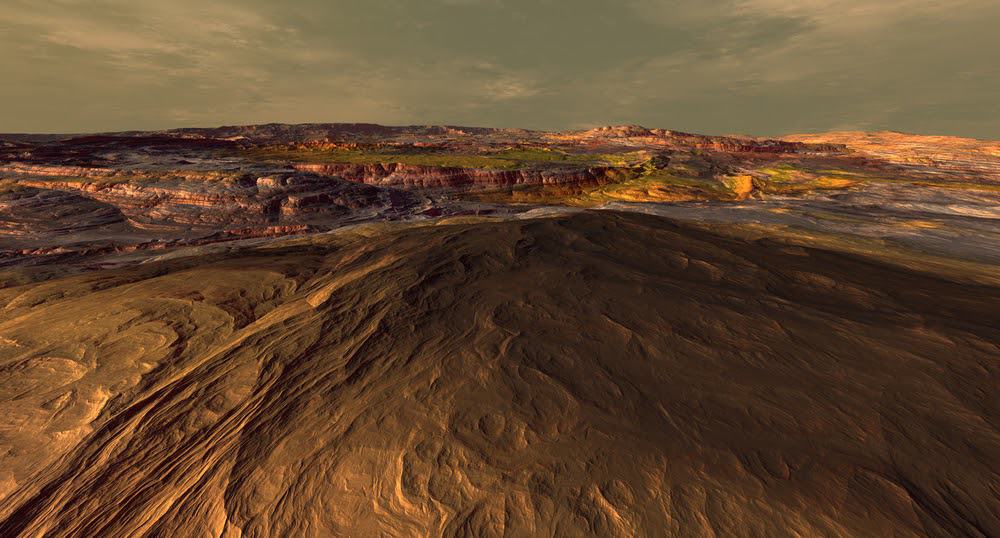
The Primeval Earth Was A Very Different Place Than It Is Today
Our planet has continuously been changing ever since it first formed about five billion years ago. The planet that we know and love today, with an atmospheric composition that is ideally suitable to support life and an abundance of plants and animals, is not what the earth has always looked like.
The earth has gone through periods of massive bombardment from asteroids as well as ice ages that caused the entire planet to become a frozen snowball. It has seen numerous mass extinctions and the re-flourishing of life, as well as changing atmospheric conditions, from what would be toxic to us to what is perfect for us to breathe.
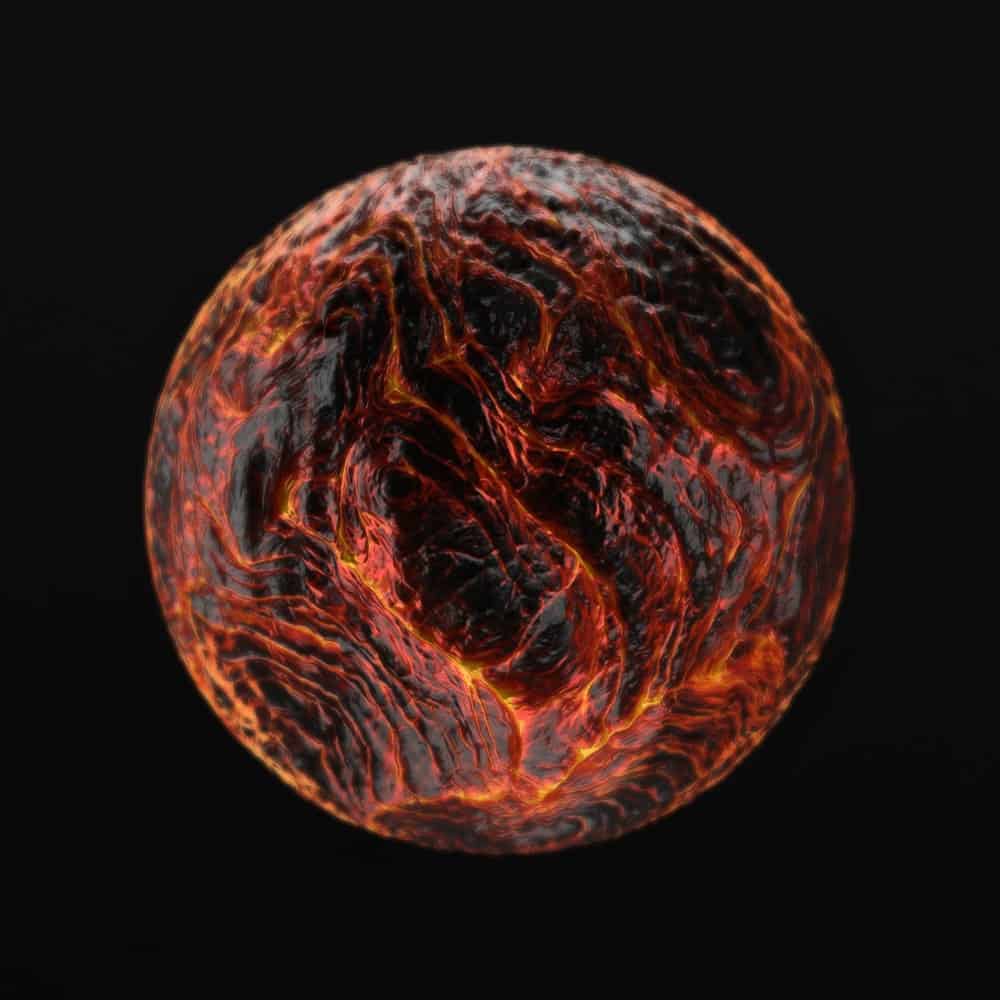
The Hadean Period Was Pure Hell
The Hadean period refers to the first 500 million years of the planet’s history. During this time, the earth was so hot that it was mainly a giant ball of molten rock. Scientists named this period the Hadean after the ancient Greek god of the underworld, Hades.
We don’t know very much about the Hadean period because there are very few rocks that are more than 3.8 billion years old. The Hadean period came to an end about four billion years ago, so much of it is a mystery. Nevertheless, we know one thing for sure: it is not a state that we, as humans, would be able to survive.
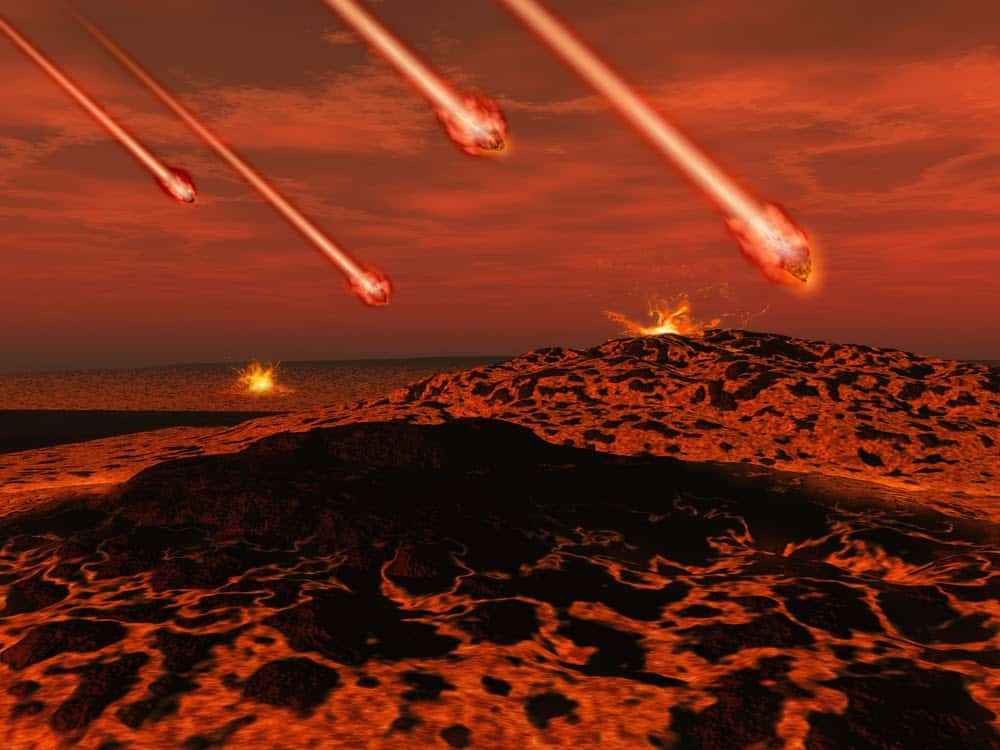
The Primeval Earth Endured Substantial Asteroid Impacts
Asteroids are always running amok throughout our solar system, but most of them are kept out of the earth’s past because Jupiter’s massive gravity attracts them. But before the solar system was fully formed, earth and the other rocky inner planets sustained intense asteroid impacts because Jupiter and the other gas giants were not yet able to move the asteroids away.
The Hadean period consisted of something known as heavy bombardment. The sheer quantity of asteroids that hit the earth probably contributed to the planet being so hot during this time.

As Earth Cooled, Oceans Formed
There is some evidence to suggest that there was liquid water on earth during the Hadean period, meaning that life may have actually begun during this time. As the solar system came together so that it looked like what we recognize today, the intense asteroid bombardment ended, and the earth began to cool.
Towards the end of the Hadean period, the liquid water on the earth began to form into oceans. The earliest life forms also began to develop; in fact, evidence suggests that the very first life appeared during the Hadean period.
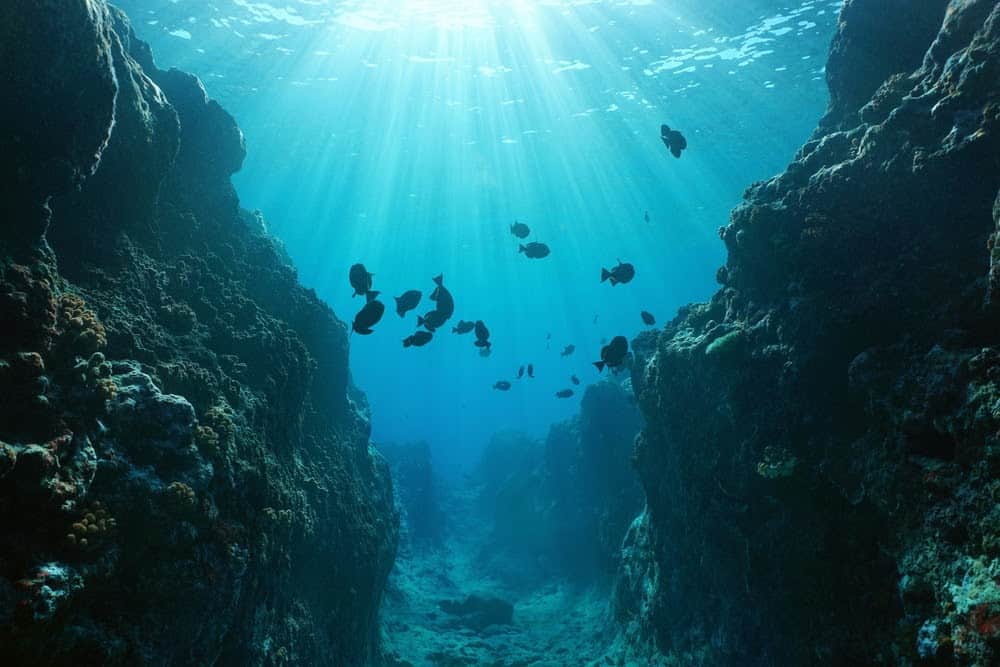
And Then Life Began To Develop
Many scientists believe that life on earth began because of chemical processes that occurred in the planet’s primitive oceans. Elements bonded together into the molecules that we know as amino acids, which form the basis for both DNA and proteins.
Over time, the amino acids evolved into DNA and its cousin, RNA, both of which can self-replicate. From there, single-celled organisms evolved and, over time, developed increasingly complicated features. These new features helped them adapt to their environment, as well as grow and reproduce so that they evolved into the life forms we know today.

There Have Been Several Mass Extinctions On Earth
The evolution of life on earth did not happen in a straight line. There have been many mass extinctions in which 90% or more of all life forms died out. We know about these mass extinctions because of fossils that show life forms that are not in existence today and that share few similarities with other species that are currently in reality.
Some mass extinctions occurred because the earth’s temperature cooled so much that many species could no longer survive, and ecosystems began to collapse. The same thing happened during periods when the earth warmed. Other mass extinctions, such as the one that killed the dinosaurs, have been caused by asteroid impacts.

Yet Life Always Comes Back And Thrives
Somehow on planet earth, conditions always seem to stabilize enough for life to re-emerge. Some species have survived mass extinctions (though we would all be grateful if cockroaches would finally die out) and come back to dominate the planet.
One such example is mammals, which existed in small and insignificant numbers during the days of the dinosaurs. When the dinosaurs died out, some mammals survived and went on to dominate the planet. Had the dinosaurs not died out, reptiles would still be dominant, and humans may have never come into existence.
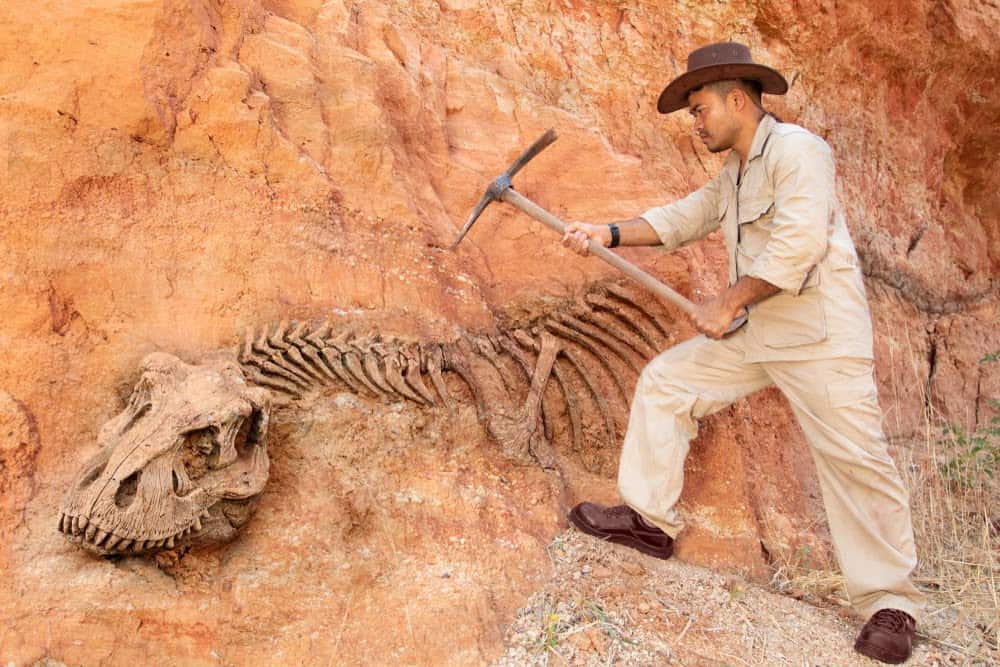
Scientists Don’t Fully Understand How Life Began On Earth
Despite the great strides that scientists have made in understanding the development and evolution of life on earth, there are still tremendous gaps in their knowledge. One notable example is that many scientists believe life began during the Hadean period. However, so few rocks survive from that part of the earth’s history that there is little to study about those conditions and how life formed.
Then there are questions about how life made the tremendous leap to homo sapiens – us. There is a lot of disagreement about how biological evolution led to the rise of humans.

Not All Scientists Agree On Life’s Origins
Furthermore, there is much disagreement as to whether or not biological evolution is how life began in the first place, or at least how the chemical composition of the earth’s oceans contributed to the development of life. Some scientists have been putting forth different theories as to the origins and development of life.
One clear thing is that the development of life on earth happens in tandem with the earth’s chemical and geological conditions. Life adapts to the circumstances in which it begins, which is why there are so many different species in different parts of the world.

We Are Still Learning More About How Life Began On Earth
We certainly do not have all the answers, but the important thing is that scientists continue researching and studying to try to understand the origins and development of life better. They have been refining Charles Darwin’s theory of evolution for over 150 years and adding different bits and pieces that Darwin could have never imagined.
They are also trying to understand how the chemical and geological conditions on earth supported the development of life. Studying life on earth involves many different fields of study outside of biology – chemistry, geology, physics, and many, many other branches of science.
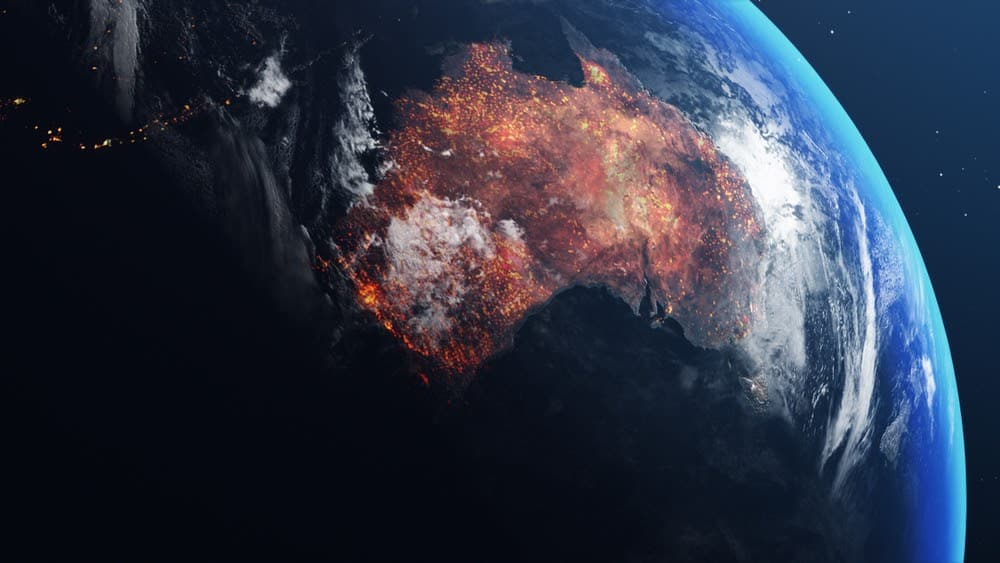
One Study In Australia May Be Rewriting The Story Of Life’s Origins
Benjamin Johnson and Boswell Wing are two scientists that went to Australia to conduct some research on the conditions of the early earth. Wing had been leading a research team and told Johnson about a significant bit of exposed ocean crust in the southern part of Australia.
Johnson, who worked as an assistant professor of geologic and atmospheric sciences at Iowa State University, joined Wing’s group to try to see what this bit of exposed ocean crust could reveal about the planet’s distant past. It turns out that it may have shown a lot.
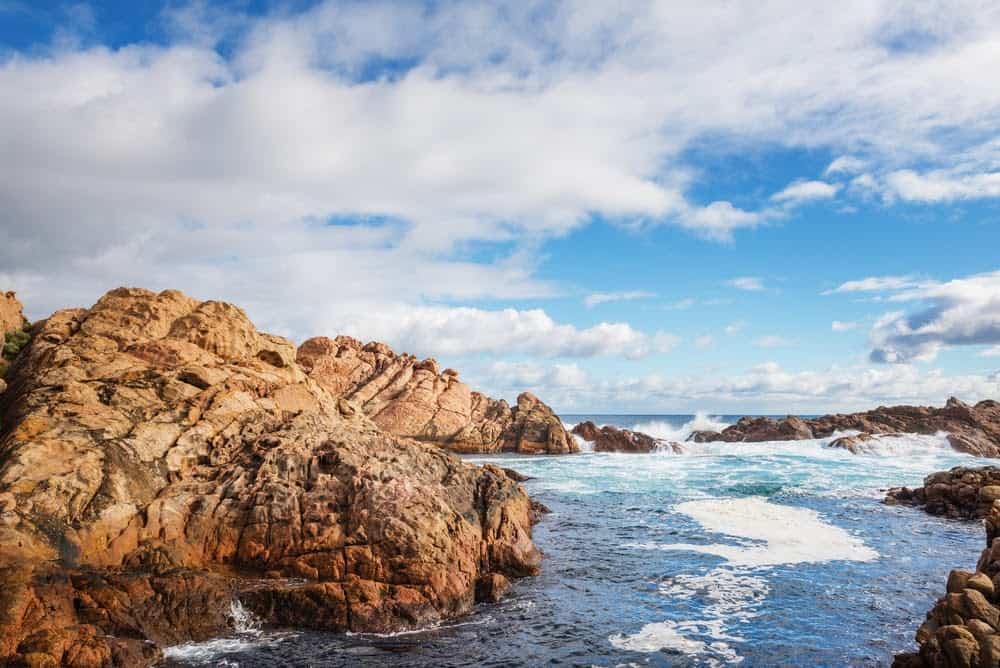
Some Scientists Went There To Study A 3.2 Billion-Year-Old Piece Of Exposed Ocean Crust
Johnson embarked on a flight to Perth, and then a 17-hour car ride to a remote location in southern Australia marked inconspicuously by scrubby vegetation and seemingly endless rolling hills. Amidst that landscape is a massive rocky outcrop that was part of the ocean’s crust over three billion years ago.
The research team wanted to see what they could find about that bit of ocean crust because it could reveal secrets about what the earth was like more than three billion years ago. It could show chemical compositions and other conditions that contributed to the development of life. The conclusions that they drew are astonishing.

Studying The Rock Was Like Studying Coffee Grounds To Understand The Water That Passed Through Them
When water goes through coffee grounds to make your morning brew, it leaves behind traces that can be all but unnoticeable. If the water has a high saline content, the coffee may have a less bitter taste; if the water is alkaline, then the coffee may have a less acidic taste. The minerals in the water will also filter through the coffee grounds and end up in your morning brew.
A similar scenario is at work in studying this bit of primeval ocean crust. The research team set out to find what the water that filtered through that crust was like by examining the “flavors” that are left behind.
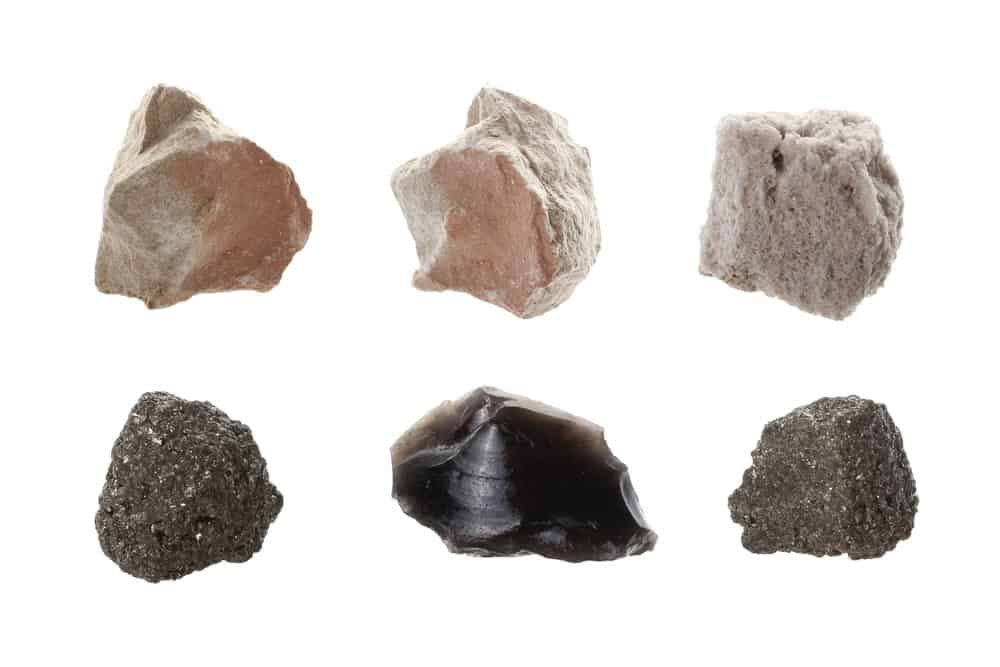
They Took Rock Samples And Analyzed Them
There are no samples of ancient ocean water lying around, but there are ancient rocks that used to be on the ocean floor. The research team collected rock samples from the outcrop of exposed ocean crust to analyze them.
Specifically, they looked for the oxygen isotopes Oxygen-16 and Oxygen-18. An isotope is an atom that has the same number of protons as other atoms of that particular element but a different number of neutrons. The researchers used a methodology that would compare the isotopic content of the primeval ocean to the ocean that we have today.

They Also Examined Data From Other Studies
Many other research teams have also worked at the same site in Australia and left behind a library of sorts of data and analysis. Johnson and Wing’s team had a lot to work with when they collected and analyzed their data, and they were able to draw conclusions based on a multiplicity of studies that had already been conducted.
What they found is that the primeval oceans had more Oxygen-18 than the ocean does today. Not a lot, but enough for the researchers to question why. By comparing their data and analyses with other studies, they reached some conclusions that may rewrite at least part of the story of the development of life on earth.
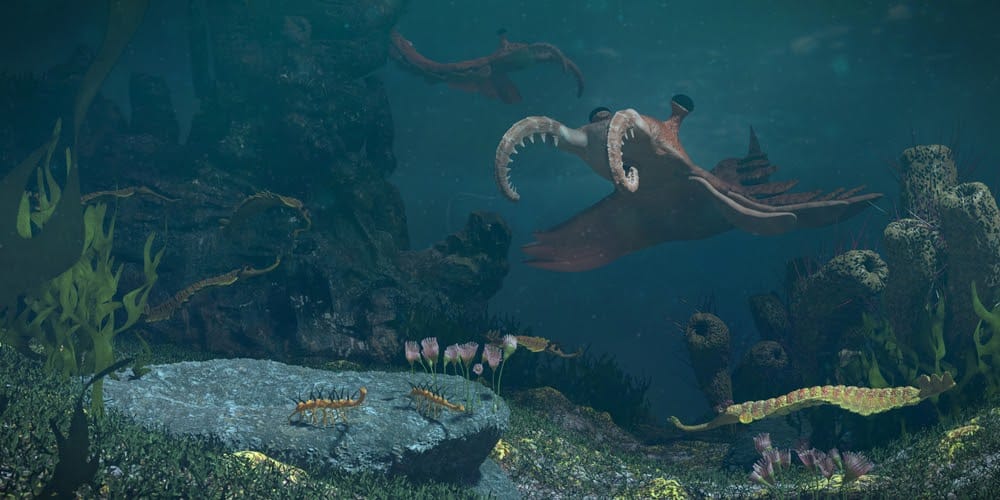
They Concluded That Early Earth Was A Water World
The team posited that the excess Oxygen-18 was sucked up by the heavy clay soils present on the earth’s continents. So why was there more Oxygen-18 in the early oceans than there is today? Because the continents, at that point in time, did not exist.
From the evidence that they collected, combined with analyses from other studies conducted in the same area, the researchers concluded that the early earth was, in fact, a water world. There was little dry land – pretty much the entire planet was covered in oceans.
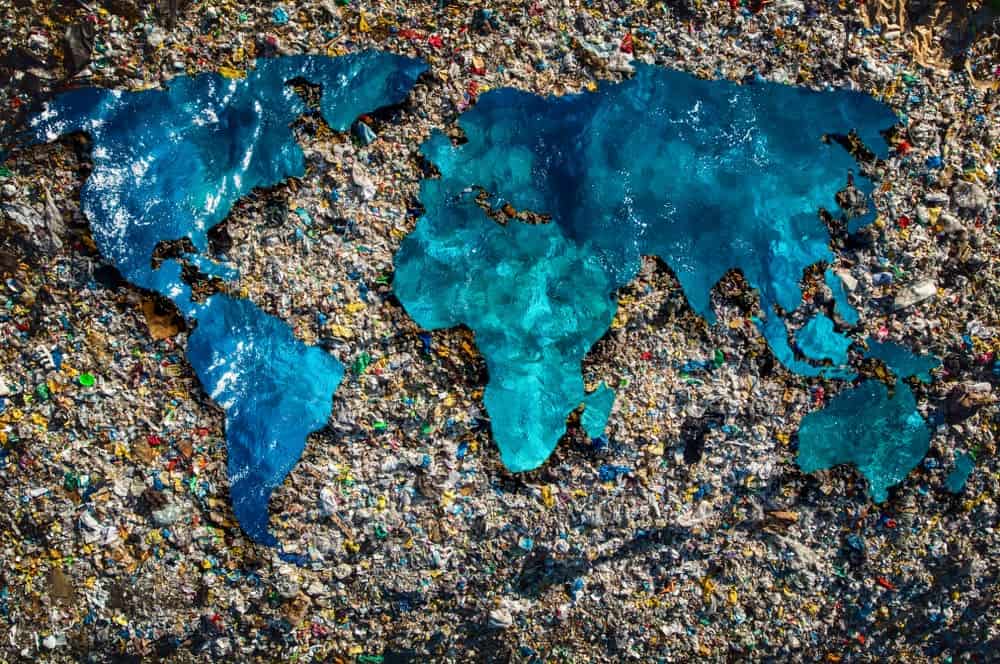
Continents May Not Have Emerged Until Later In Earth’s History
That the early earth may have been submerged almost entirely underwater does not mean that there was not any dry land. There may have been “micro-continents,” small landmasses that emerged from the ocean. They may have looked like isolated islands without any plants or animals on them.
However, the masses that we have today, which scientists have long posited have been present since time immemorial, may not have been present for much of earth’s history. What this means is that scientists may have to go back and change their understanding of the earth’s geologic past.
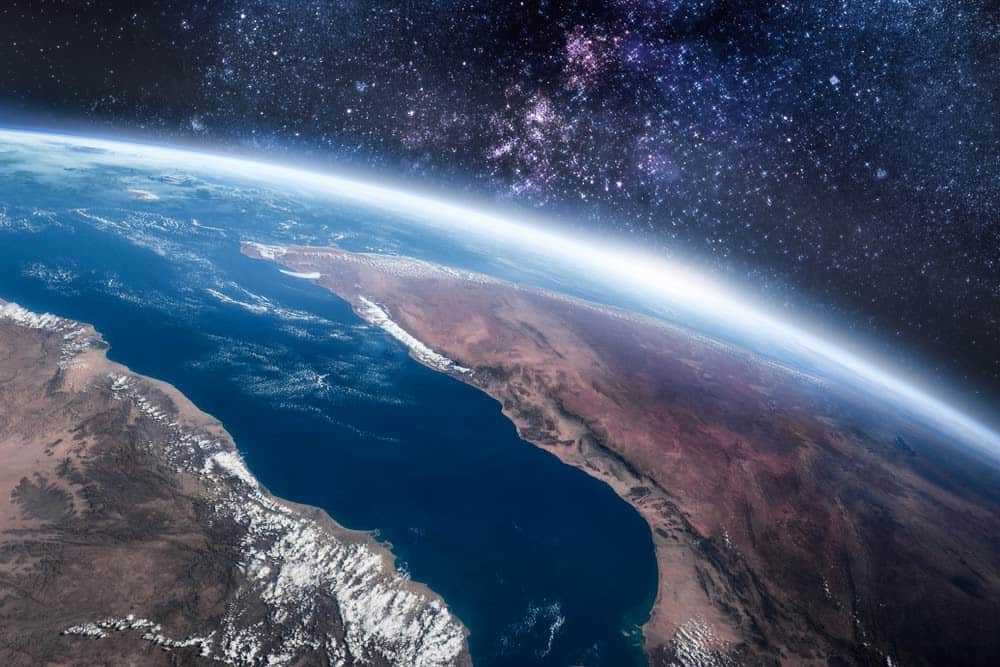
Where Did The Water For Our Oceans Come From?
One question that has puzzled scientists for generations is trying to understand just where the water for our oceans came from in the first place. Did it form on its own from the hydrogen and oxygen that existed in the earth’s early atmosphere? Did it maybe arrive on asteroids during the substantial bombardment period?
Theories and hypotheses as to the origin of the earth’s oceans abound, but none have been conclusive as to where the water came from in the first place. Add to the questions the fact that the Hadean period may not have happened as scientists thought, and we have some real challenges to solve.

We Don’t Know For Sure
There are so many questions that we just do not have the answers to. And that is perfectly fine, good even. The best research creates new problems for scientists to ponder so that they can continue their work to understand how our world and the universe work.
If the early earth was a water world, then a lot of the ideas about where the water came from may be challenged. There is probably an explanation out there that scientists have not yet considered, but that will be conclusive in explaining the origins of water. Moreover, if the research is of good quality, it will generate more questions for scientists to answer.
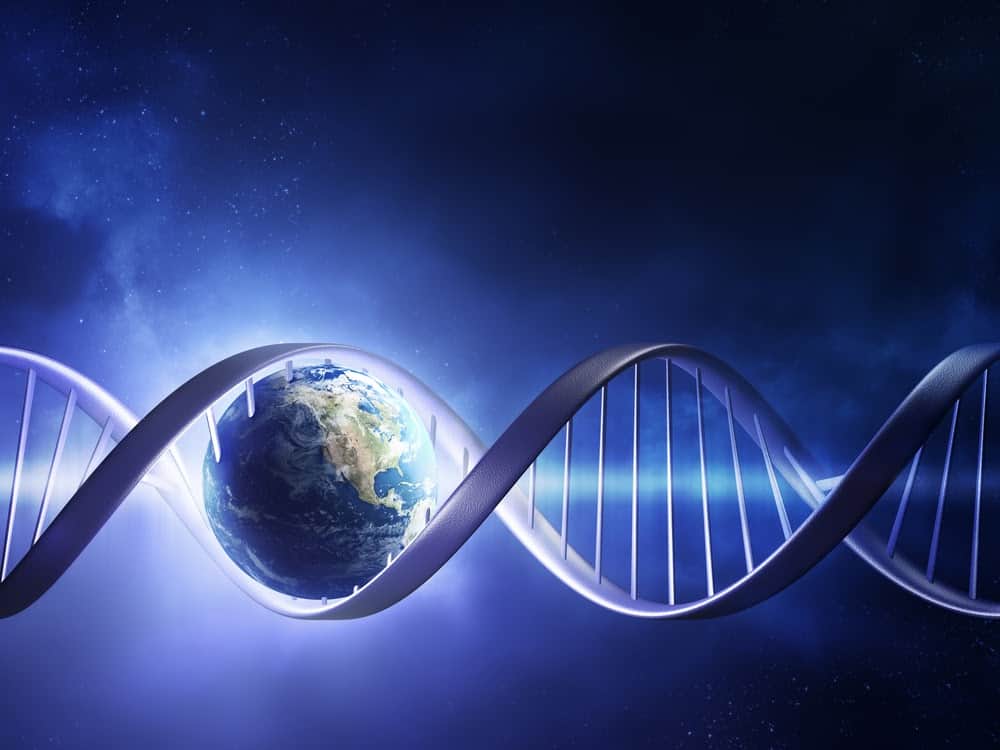
But The Study Has Implications For The Origin Of Life
Life is essentially a complex of molecules that have developed the ability to replicate themselves and, in so doing, reproduce more of their kind. For life to develop, a particular combination of chemicals and atmospheric conditions has to be present.
What the researchers discovered about the chemical composition of the early oceans may have implications for our understanding of how life began in the first place. Maybe scientists were wrong about what chemicals and reactions occurred in the earth’s primeval oceans for life to begin. There are many questions now that must be re-examined and re-answered.
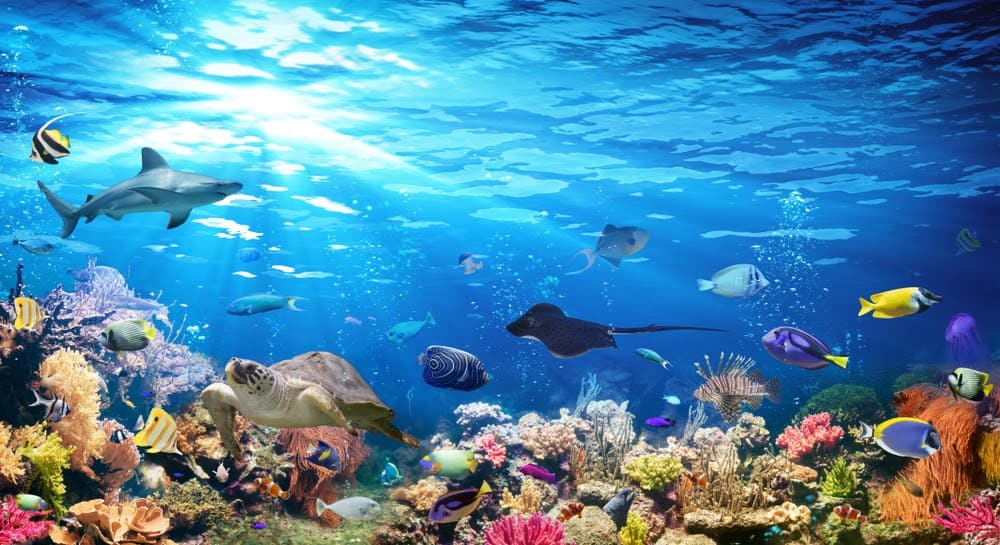
Scientists Believe That Life Originated In The Oceans
If you take a glass of water, you can dissolve some different things into it, and they will combine. Imagine putting a sprinkle of salt and a sprinkle of sugar into a glass of warm water – when you take a sip, you will taste both sugar and salt together, not separately.
Water is a medium that allows things to combine, and scientists believe that different chemical elements combined in the earth’s early oceans to produce life. These oceans were a soupy mix of all of the details necessary for life to form, and they evolved with increasingly complex features that became better and better adapted to survive in their environment.
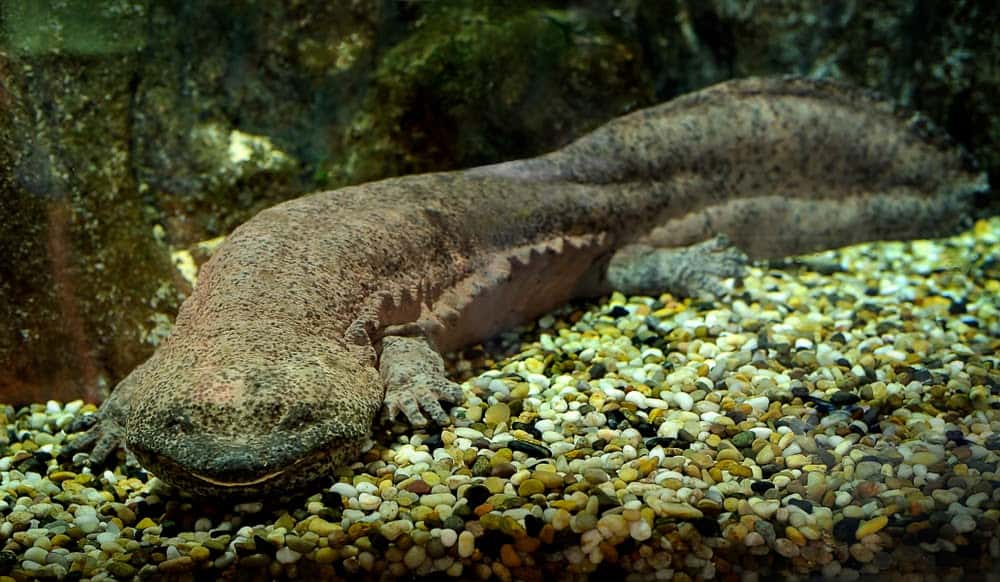
It Later Emerged On Land
Many scientists believe that after life first developed in the ocean, it evolved to a sufficient degree that some species were able to crawl out onto land. They were amphibious, meaning that they were able to survive in both land and water, as they had mechanisms for breathing in both environments.
These animals evolved so that they developed lungs to breathe air and legs to walk. On and on down the line, we get giant reptiles, such as dinosaurs, as well as mammals, which ultimately evolved into humans. Sure, there are many questions about how evolution occurred. But the consensus in the scientific community is that life developed in the oceans and then came out onto land.
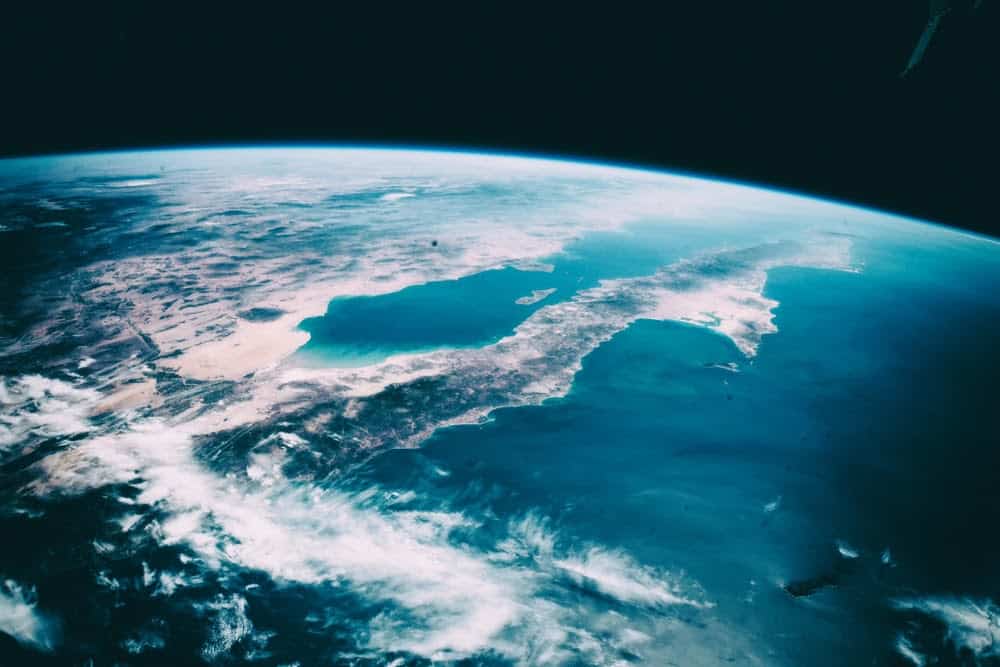
The Whole World May Have Been An Ocean
The prevailing idea has been that life had to form in the oceans because water provides the means for chemicals to dissolve and combine into molecules. These molecules could connect with other molecules until DNA formed, along with cells.
However, if the whole world was an ocean, then maybe life evolved in the water simply because that was the only environment present! Perhaps there are actually other ways that life could begin, which actually do not require water, or at least not as much of it as scientists have long believed.
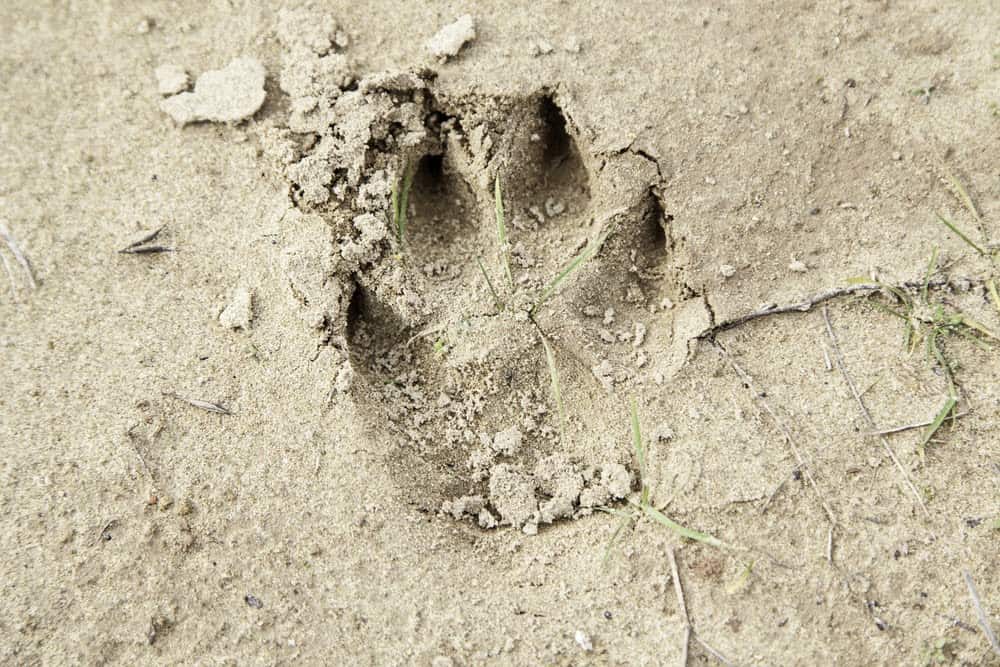
Maybe Life Could Have Evolved On Land
Perhaps life actually could develop and evolve on land, given the right conditions. We don’t know for sure yet, but maybe the prominence of oceans on the early earth is the primary reason why life began underwater than on land. Nevertheless, if life could have possibly evolved on land, then a whole new field could develop out of trying to understand the different potentialities in which life could form.
There are more questions and answers. Moreover, hopefully, new teams of researchers will rise to the challenge of looking for data that may override pre-existing theories about the development of life.

It Just Did Not Have That Option
Many scientists have dismissed the idea that life could possibly exist on any of the gas giants, such as Jupiter and Saturn because life needs liquid water to form. But what if life, at least microbial life forms, actually could develop in a gaseous environment? We don’t know.
And many scientists have not considered the option that life could develop outside of water. But maybe now, they will. Who knows in what environments life could begin to form? There are so many things that we don’t know, and so many questions that we either haven’t yet asked or haven’t started to investigate.
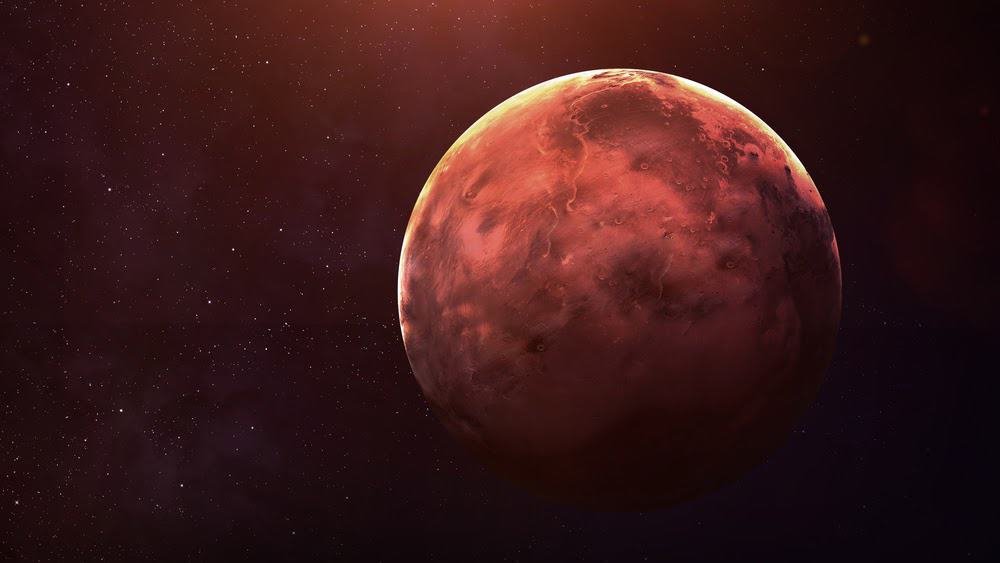
There Are Also Implications For The Emergence Of Land On Earth
The presence of land on earth has always been pretty much a given. The other inner planets – Mercury, Venus, and Mars – are all rocky balls of land. While there is some evidence of ancient canals flowing on Mars, there hasn’t been much of a question about whether that area has always been present on earth.
But what if the land has actually not always been here? If oceans and land originally covered the earth and emerged later, then scientists will have to go back and develop a new understanding of how the earth that we know today came to be.
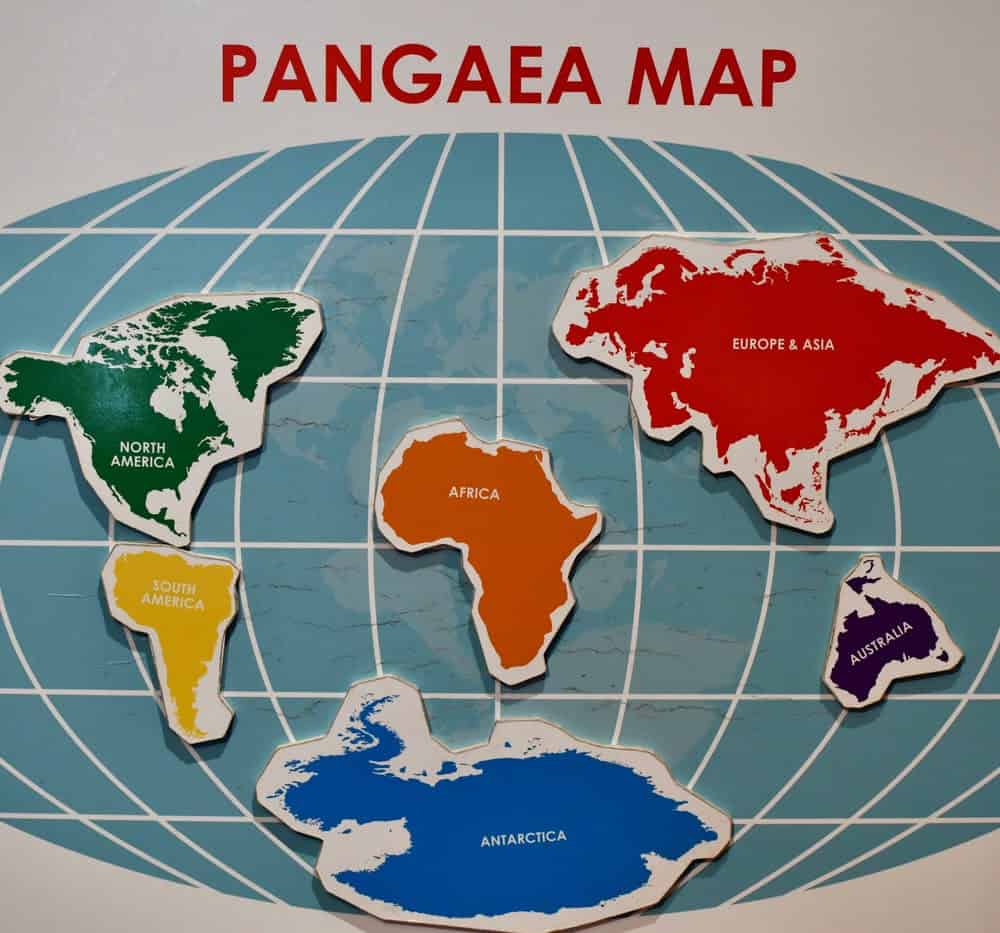
Just Where Did The Continents Come From?
If continents have not always just been here, as scientists have long assumed, then where did they come from? The answer is simple: more research is necessary to find out. Hopefully, there will be many different teams of scientists that come together to try to understand the origins of continents.
Hopefully, there will also be more research into the findings of Johnson and Wing’s team. Much more data collection and analysis need to be done in order to determine if earth indeed was a water world in its early history. Who knows what conclusion the science may lead to?

There May Have Been Mini-Continents While Earth Was A Water World
In a paper that Johnson and Wing wrote on their findings, they conceded that there might have been microcontinents present throughout earth’s history, even when the planet was a water world. But there were not enough landmasses that held heavy clay soil to absorb the Oxygen-18 isotopes from the primeval ocean.
These mini-continents may have looked like small islands that appeared very sporadically on the surface of the ocean. Today, landmasses make up approximately one-quarter of the surface area of the earth, but during the days when the earth was a water world, that figure was probably much, much lower.
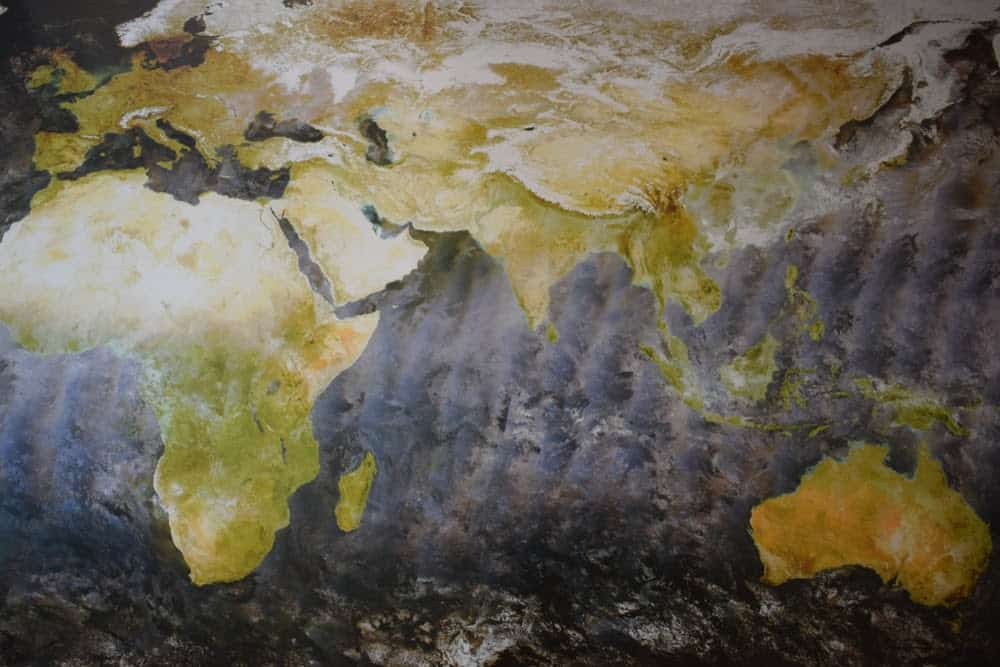
But Not The Massive Landforms We Know Today
Today, there are seven continents: Africa, Antarctica, Asia, Australia, Europe, North America, and South America. These continents have many islands surrounding them, the largest of which is Greenland in the North Atlantic. Many of those islands are probably much bigger than the mini-continents that may have existed in the earth’s distant past.
If the findings of Johnson and Wing’s team can be replicated by other groups of researchers, including those working in different fields, then this means that scientists will have to pursue a new understanding of the earth’s continents and how they came to be.
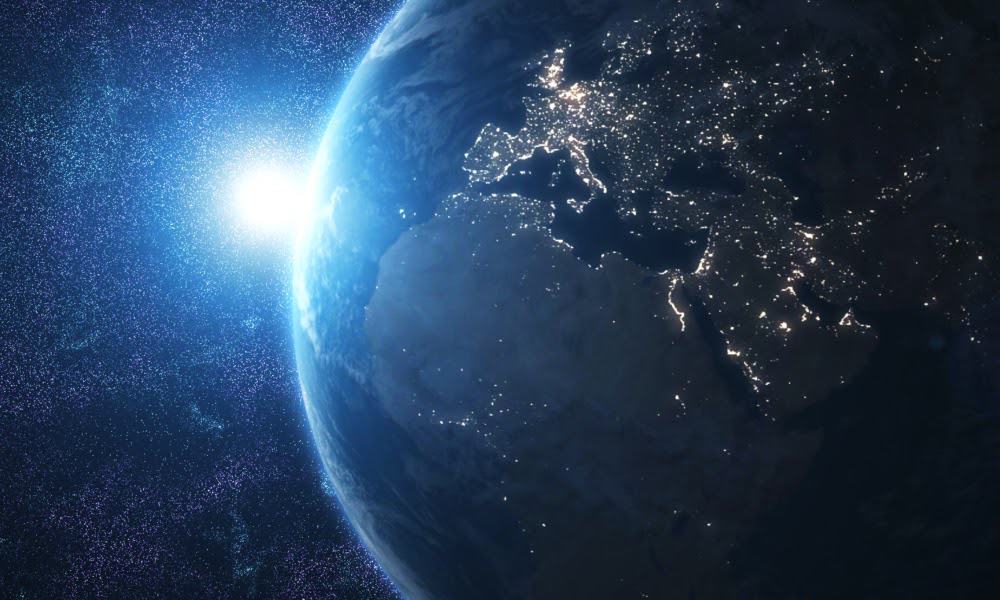
The History Of The Earth’s Continents Is Being Rewritten
A lot of what we understand about the continents comes from the theory of plate tectonics. Plate tectonics asserts that the earth’s crust is composed of dozens of plates that shift around over the flowing magma of the planet’s mantle layer.
Because of that shifting, the continents are moving further and further away from each other and shifting every ocean as we know it. For example, South America and Africa were once joined together but became separated from each other and have been moving in opposite directions ever since. Plate tectonics explains a lot. However, it does not reveal the presence of a water world or what the implications are for the development of the continents.
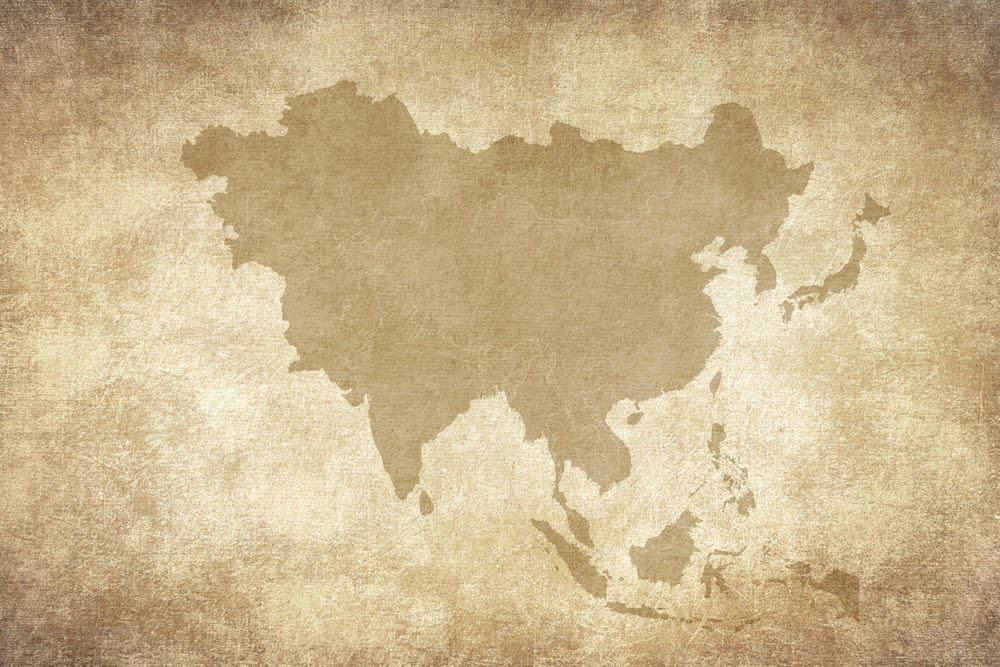
What About Pangea, The Supercontinent?
That is the question. Plate tectonics looks at how all of the continents seem to fit together like a planet-sized jigsaw puzzle and theorize that they were once all part of one giant supercontinent. Scientists refer to this supercontinent as Pangea. Pangea broke up hundreds of millions of years ago, and this breakup eventually led to the continents as we see them today.
Maybe some scientists will look at Johnson and Wing’s research and look more closely into how Pangea came into existence. Perhaps it was present all along but had a different chemical composition, which accounts for the Oxygen-18 isotopes. Maybe it emerged out of the ocean much more recently in earth’s history than anyone had thought.

More Research Has To Be Done
What the Johnson and Wing study ultimately exposes is that there is a lot of information that we just do not know. The researchers are helping to raise many questions that more scientists are going to have to try to answer. But scientists are curious people by nature, so there will undoubtedly be some that rise to the occasion.
Every generation has paradigm-shifting scientists that redefine our understanding of our place in the universe. Galileo pointed his telescope to the heavens. Isaac Newton had the theory of gravity. Albert Einstein had general and special relativity. Albert Wegener came up with plate tectonics. Who knows? Maybe history will remember Johnson and Wing as the scientists who transformed our understanding of our planet’s early history.

We May Soon Know More About The Origins Of Both Life And The Earth’s Continents
As long as scientists remain curious and keep asking questions about the things that they don’t know or understand, they will continue making discoveries that transform our understanding of our planet and our place in the universe. Based on how they respond to the Johnson and Wing study, we may soon know a lot more.
The study has implications for both the origin of the earth’s continents and where life came from in the first place. Moreover, it may contain insight into many other fields, as well, as scientists continue to delve more into the secrets that are held inside the earth’s rocks.

